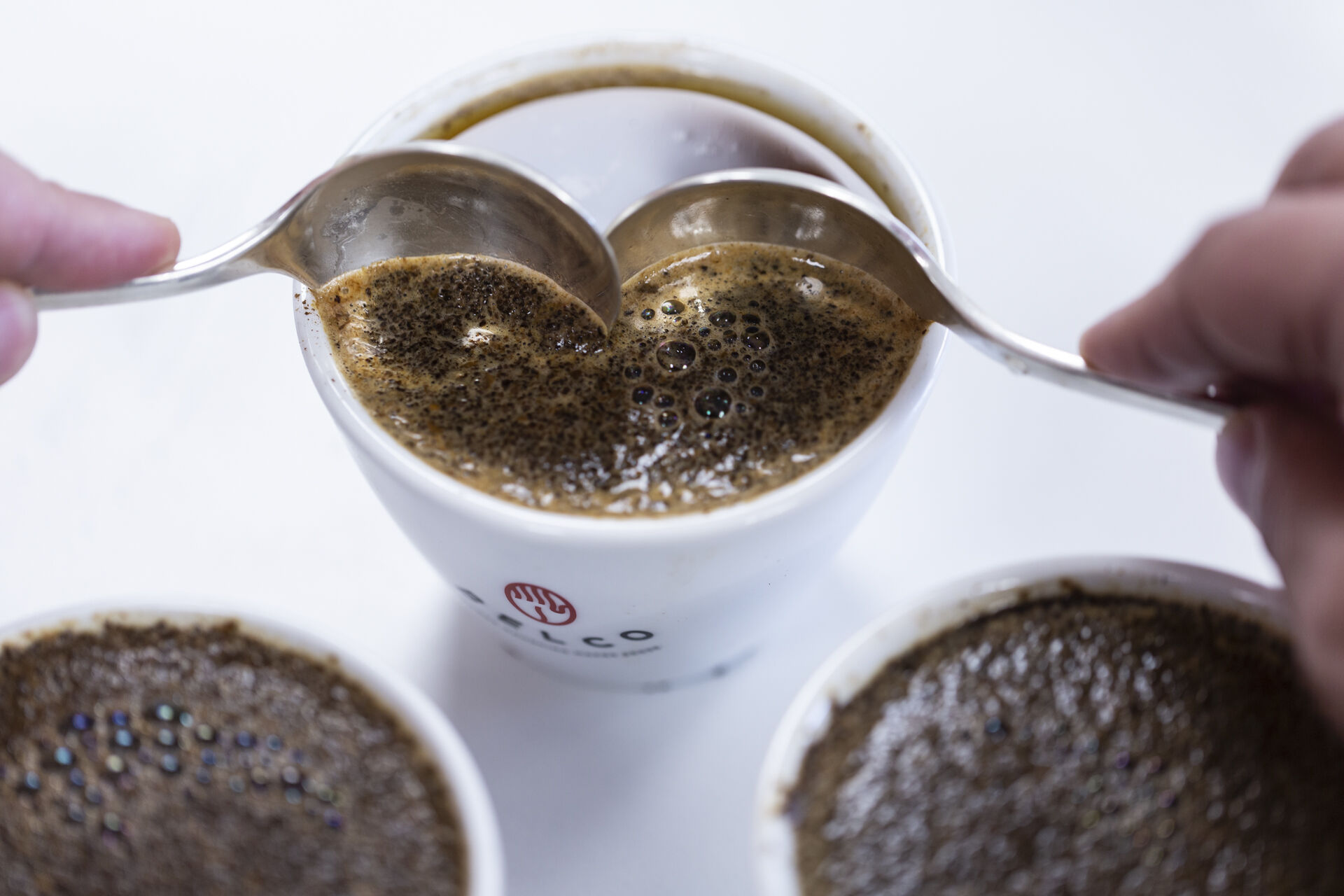
The different acidities of coffee
We often talk about acidity in coffee, but why? Far from being a flaw, it's one of the most important flavors in a cup to bring out its complexity.
What is acidity in coffee?
Imagine a soda that's just been opened, and the sensation of bubbles in your throat. If you leave the soda open for a long time, it becomes flat. It's exactly like coffee without acidity! Acidity is extremely important and highly valued in coffee.
The acidity of a coffee is mainly linked to the variety of coffee and the terroir in which it is grown. Central American coffees, for example, are notorious for their acidity. The entire coffee production chain also has an impact on acidity, from processing to roasting. Not forgetting, of course, the extraction method.
Are there different types of acidity?
And yes! Coffee has no limits when it comes to sensory complexity. It couldn't be satisfied with just one acidity...
Chemically speaking, there are three main types of acid, which break down into the different acids we can perceive in coffee. There are 5 main acids, most of which are found in coffee: citric, malic, acetic, phosphoric and quinic. While the first 4 are desirable, the last is not.
Recognizing the 5 acidities of coffee
Citric acid
Citric acid is one of the main acidities. It's found in many coffees, and in high proportions when the harvest is fresh. On the palate, as its name suggests, it reminds us of lime and citrus fruits in general.
Malic acid
Malic acid is a little rarer, but it's not unknown to us. It's the acid that reminds us of green apples on the palate. Different from citric acid, malic acid is less explosive and rounder.
Acetic acid
Acetic acid is an acid that reminds us of wine on the palate, and can sometimes mislead us by linking this vinous or syrupy mouthfeel to the body of the drink. It's the acid by nature of plain coffee.
Phosphoric acidity
Phosphoric acid is uncommon, but highly appreciated when found in coffee. It's the acid par excellence of Kenyan coffees. If we were to draw a parallel with another product, phosphoric acidity would correspond to the fizz of sparkling water compared to still water.
Quinic acid
Finally, quinic acid comes directly from the breakdown of chlorogenic acid during roasting. In fact, it's the only acid that, unlike the others, increases as the coffee is roasted darker. An old roast and a cooling cup can also bring it out. In the mouth, as well as in the stomach, it's the acid (barely acidic) that falls like a kick!
Did you like this article? Share it with your community:
